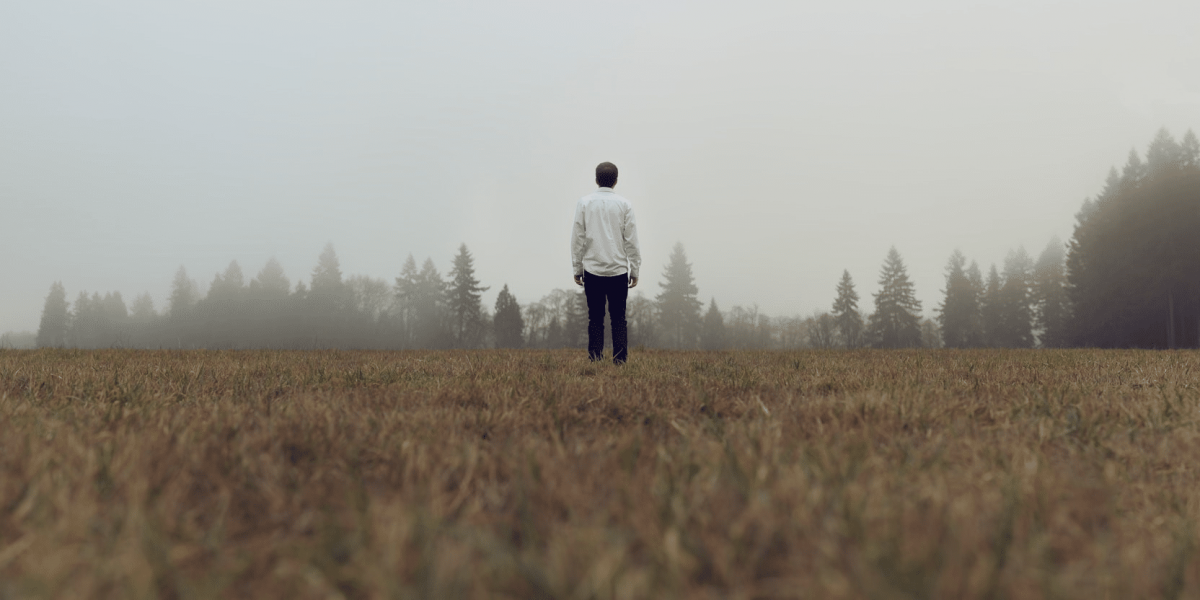Once upon a time, horror movies relied heavily on jump scares – a sudden crash, a face emerging from the shadows – to get the audience’s heart racing. These moments gave horror fans a quick thrill, but as audiences grew more discerning, they began craving something deeper, something that lingered long after the lights came up. Enter a new era of horror: existential dread, a more unsettling and thought-provoking type of terror that asks profound questions about life, death, and what might lie beyond.
The Decline of Jump Scares: Why Sudden Frights Fell Short
For decades, horror films used jump scares as their main weapon. The formula was simple: create suspense, lead the audience into a false sense of security, then unleash a sudden, loud surprise to make viewers jolt in their seats. Movies like The Conjuring and REC perfected this technique, combining suspense with a strategic shock to maximize fear. These films had their place, and their style remains popular, but as audiences grew more accustomed to the pattern, it lost its impact.
As viewers became familiar with these scare tactics, they began to feel a sense of predictability. A well-placed jump scare could still deliver a thrill, but it no longer held the power to stay with audiences. The genre needed to evolve, and horror creators saw an opportunity to explore themes that were just as terrifying but far more profound. Instead of relying on the fear of an immediate threat, they began focusing on existential dread – the fear that maybe there’s nothing out there, or worse, something unknowable beyond our understanding.
Existential Dread in Horror: What Are We Really Afraid Of?
The shift towards existential horror represents a turn from simple frights to a deeper, psychological fear. This brand of horror touches on the human condition itself, addressing anxieties that go beyond survival. Existential dread invites viewers to confront themes like the fragility of life, the fear of insignificance, and what – if anything – lies beyond our comprehension. This type of horror doesn’t present a monster that can be defeated but rather raises questions about what it means to live in an unpredictable universe.
Films embracing this style often create a slow, creeping terror, building dread that settles under the skin rather than delivering a quick shock. In Hereditary, for instance, viewers are drawn into a world where family trauma, grief, and hidden secrets unravel reality itself. The film leaves audiences haunted not by sudden scares, but by the notion that the things we bury deep inside us may eventually destroy us. Another example, Annihilation, delves into the unsettling possibility that humanity might simply be irrelevant, with the universe operating under laws that have no regard for our existence.
Existential horror connects with audiences on a visceral level because it resonates with the questions that haunt us in everyday life. We live in a time of rapid change and uncertainty, where environmental challenges and social issues loom large. It’s no wonder that horror reflecting these anxieties has found a place in popular culture – it mirrors our own fears, grounding supernatural terror in very real worries about life, purpose, and mortality.
Slow-Burn Horror and the Power of Ambiguity
Unlike the fast-paced gore of slasher films, existential horror leans into ambiguity and takes a slower, more deliberate approach. This slow-burn style doesn’t hand easy answers to its viewers; instead, it leaves them grappling with questions long after the film ends. These movies don’t show clear heroes or villains, nor do they provide straightforward explanations. The dread builds over time, creating a profound sense of discomfort and inviting viewers to sit with questions they might prefer to ignore.
This slow, ambiguous approach gives existential horror its staying power. By leaving viewers with an open-ended narrative or unresolved conflict, the films become thought-provoking experiences rather than just entertainment. In Get Out, for instance, Jordan Peele fuses racial tension with existential horror, forcing viewers to confront the discomforting nature of societal biases and how these forces shape personal identity. Audiences are left not only with a lingering sense of unease but with questions about societal structures that impact real life.
Ambiguity, a key ingredient in existential horror, ensures that the terror lingers. When we’re not sure exactly what happened or what it all means, we’re left with the task of interpreting the story ourselves. This approach invites deeper reflection and keeps viewers engaged in the story long after it’s over. The lack of a clear resolution means that the fear can’t be easily dismissed – it has settled somewhere deep within us.
Horror’s Evolution: Pushing the Boundaries of Fear
Existential dread represents a new chapter in horror’s evolution, where filmmakers use fear as a lens to explore universal themes. Today’s horror movies are more than just monsters lurking in the dark; they’re complex stories that explore what it means to be human, to fear, to hope, and to wonder. They delve into aspects of the human psyche that previous generations of horror might have overlooked, challenging viewers to look inward and confront their own anxieties.
As horror evolves, it’s becoming a genre that challenges us, provoking thoughts about our inner fears and the world we live in. It’s a genre that not only terrifies but also prompts self-reflection, encouraging audiences to question the nature of reality, the boundaries of consciousness, and the forces that govern our lives. The success of existential horror demonstrates that audiences are ready to engage with these themes and to find meaning, even within fear.
So, the next time you’re choosing a horror movie, consider one that dives into existential dread. Rather than a quick thrill, these films offer a rich, unsettling experience that stays with you. By embracing horror that confronts our deepest uncertainties, you’ll find that sometimes the most chilling realizations aren’t about supernatural monsters but about ourselves and the world we inhabit.








